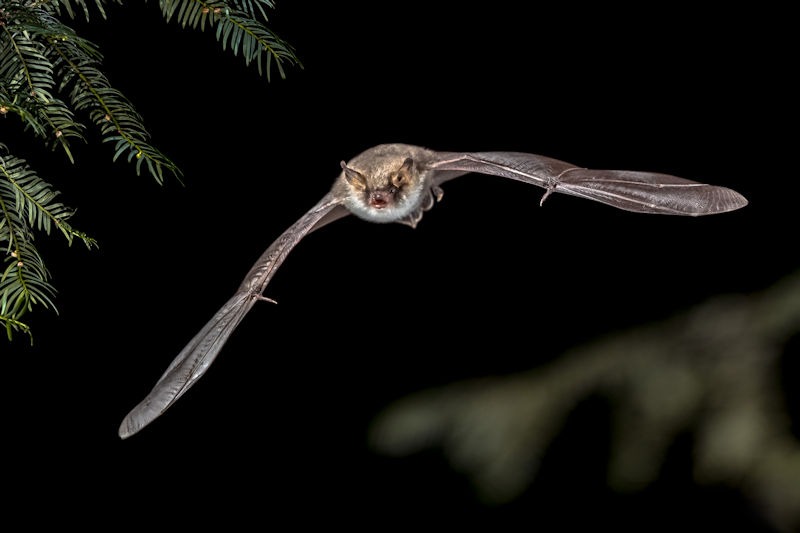Bats are fascinating creatures that play a crucial role in our ecosystem by controlling insect populations. However, when they decide to take residence in your home, the situation can quickly turn from intriguing to problematic. Not only can bats cause structural damage, but they also pose potential health risks. In this guide, we’ll explore effective tips to ensure your home is protected from bats.
Seal Entry Points
One of the primary steps in bat prevention is identifying and sealing potential entry points. Bats can squeeze through surprisingly small openings, so carefully inspect your home for any gaps or cracks in the foundation, roof, or walls. Use sealants, such as caulk or expanding foam, to close these entry points and prevent unwelcome guests.
Install Bat Houses
Provide an alternative roosting option for bats by installing bat houses in your yard. This gives bats a suitable place to live without compromising the structural integrity of your home. Place bat houses high above the ground, preferably in a sunny location, to attract these nocturnal creatures away from your living spaces.
Tree Trimming
Bats often roost in trees, and if you have branches hanging close to your home, it becomes easier for them to access your attic or eaves. Regularly trim tree branches and foliage to create a buffer zone between your home and potential bat roosting sites.
Secure Chimneys and Vents
Chimneys and vents provide ideal entry points for bats. To prevent them from making your home their roosting spot, install chimney caps and secure vents with mesh screens. This not only keeps bats out but also protects against other wildlife seeking refuge in your home.
Outdoor Lighting
Bats are nocturnal creatures that are attracted to insects. By minimizing outdoor lighting, especially near entry points, you can reduce the likelihood of attracting bats to your property. Consider using motion-sensor lights to deter both bats and their insect prey.
Regular Inspections
Conduct regular inspections of your home, especially in areas that are less frequently visited. Attics, basements, and crawl spaces are common hiding spots for bats. Detecting their presence early allows for prompt and effective removal before the colony grows.
Professional Inspection and Exclusion
Engage the services of a wildlife removal professional for a thorough inspection of your property. These experts can identify potential entry points that may be overlooked and implement exclusion techniques to ensure bats cannot return.
Consider Natural Repellents
Certain scents, like peppermint or eucalyptus, are known to be deterrents for bats. Consider using these natural repellents strategically around your home to discourage bats from roosting. However, it’s essential to consult with professionals to ensure these methods are safe and effective.
Educate Neighbors
Bats are highly mobile, and a roosting colony in a neighboring property can quickly become a problem for you. Educate your neighbors about bat prevention techniques to collectively reduce the risk of bats seeking shelter in the vicinity.
Maintain a Clean Yard
Reduce the attractiveness of your property to bats by maintaining a clean yard. Regularly remove debris, trim overgrown vegetation, and keep your property free from standing water. This not only deters bats but also minimizes potential hiding spots for other wildlife.
In conclusion, ensuring your home is protected from bats involves a combination of proactive measures and vigilant maintenance. By taking these steps, you not only safeguard your property from structural damage but also contribute to the conservation of these important and misunderstood creatures. If you suspect a bat infestation or require professional assistance, don’t hesitate to contact our wildlife removal experts. Together, we can create a living space that is both secure for you and respectful of the natural habitats of our winged neighbors.

